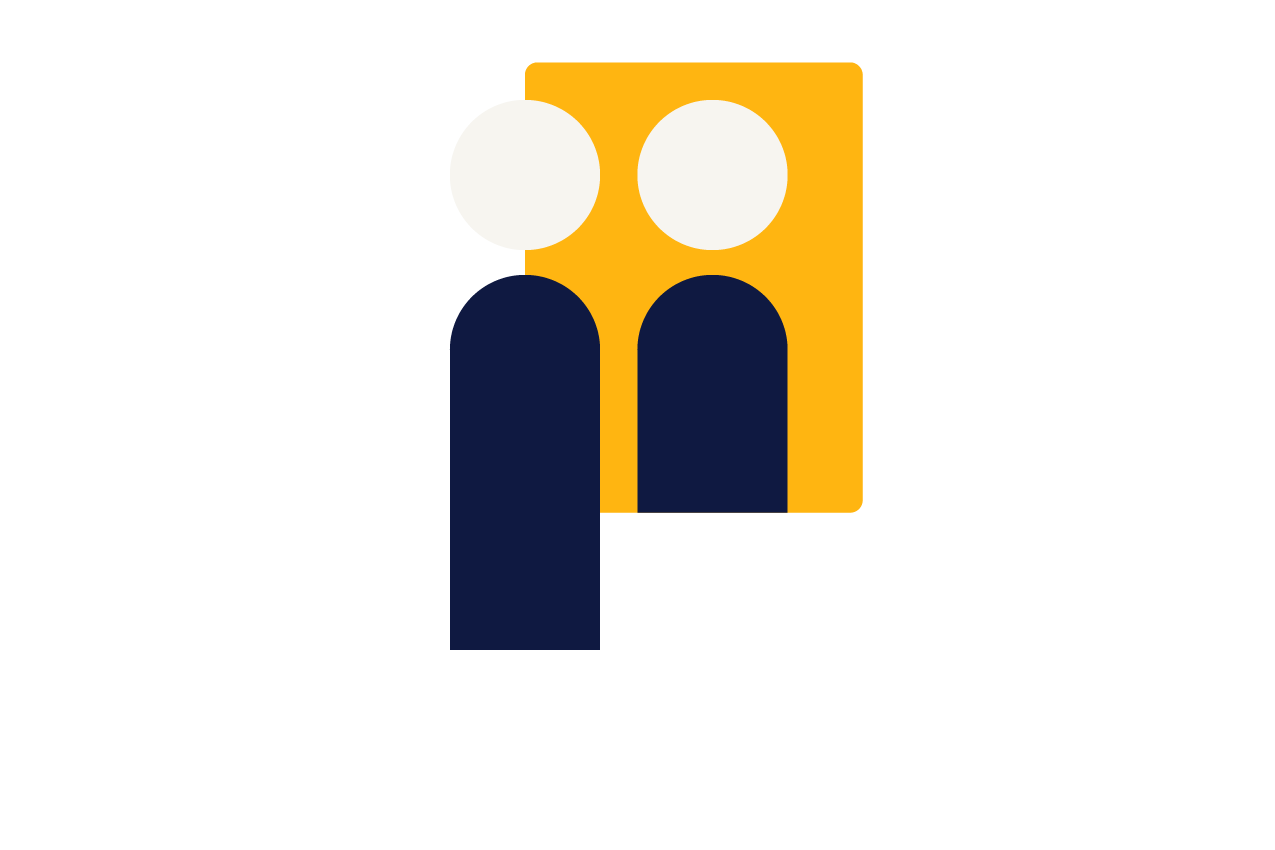Is your company's dress code due for a post-pandemic makeover? Discover how “business casual” is evolving as employees return to the office.
As remote workers returned to the office post-pandemic, they brought new habits and expectations around attire. The comfort of their work-from-home wardrobe was great for productivity and morale, but how does that translate to the office dress code? And for hybrid workers who split their time between home and office, what does "dress code" even mean anymore? Read on to explore how office dress codes are evolving in this era of flexible work.
less formality
Pre-pandemic, most companies required employees to dress in business or business casual attire. This typically meant suits, slacks, dress shirts with or without ties and nice dresses. Now, “business casual” is even more relaxed, with things like jeans, casual tops and even sneakers becoming commonplace. Whatever the attire in the office, it’s key that team members still look put together and presentable — stained or rumpled clothes are unprofessional in any context.
technology as clothing
Wearable tech has become a staple for many employees. In the office, you'll notice plenty of smartwatches and Bluetooth-enabled gadgets. But don't jump to conclusions about those wearing noise-canceling headphones. They're not necessarily tuning into loud music. Instead, many use them as a valuable tool to block out ambient distractions like nearby phone conversations or colleagues engaged in virtual meetings.
more diverse/inclusive options
Diverse and culturally representative clothing is increasingly celebrated in the workplace as employees become more empowered to express their identities. This can encompass a range of garments, from turbans and gender-neutral clothing to religious attire. Establish clear anti-discrimination policies to foster an inclusive environment and ensure all employees feel respected and secure.
casual fridays redefined
As a manager, you may need to rethink your Casual Friday policies for a hybrid workforce. Not everyone comes into the office on Fridays these days, so consider expanding the concept to allow for “casual days” that can be applied whenever employees choose to work on-site. This promotes comfort and inclusivity, no matter the work arrangement.
bridging the generation gap
Different generations can have very different opinions on office dress codes. For example, a recent Wall Street Journal poll showed 75 percent of millennials were fine with shorts at the office, but 57 percent of baby boomers gave them a thumbs down. To keep things comfy without causing generational friction, consider setting a dress code that mirrors what your customers wear. In other words, if your top client shows up to virtual meetings in a button-down shirt, your customer and sales reps should do the same.
3 quick tips for drafting an office draft code
Rethinking your office dress code? Here's how to create a policy that suits your company's needs while making everyone comfortable:
make it clear and positive
Start with a brief introduction outlining what’s expected and why it matters. Use a positive tone to make the policy seem less like a list of "don'ts" and more like a guide for success.
be specific but flexible
Specify what's acceptable but offer flexibility for different roles or situations. Example: Casual tops and jeans are fine, but avoid ripped clothing. If you have a client meeting, level it up to business casual.
address concerns and accommodations
Clearly state that employees can turn to HR with any questions or concerns. This also helps you account for the need for religious or cultural attire accommodations.
Making your dress code more flexible and inclusive isn't just good for your team — it's also great for business. Keeping your employees comfortable and focused can lead to better productivity all around. Want to keep your finger on the pulse of workplace trends? Don't forget to bookmark our Business Insights page to stay ahead of the game.
